Appreciation of Rosewood Chairs and Stools: Stool
stool
Stools are not as diverse as chairs, and they are not used in elegant occasions like chairs. They include stools, round stools, long stools, square stools, and spring stools.
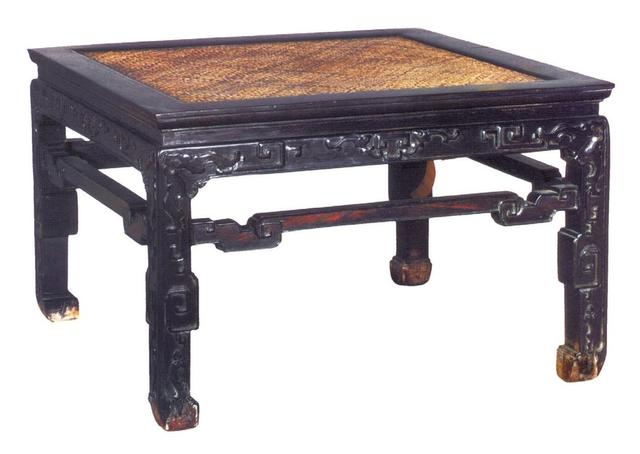 ? Rosewood carved Zen stool
? Rosewood carved Zen stool
Length 75 cm? Width 73.3 cm? Height 49 cm 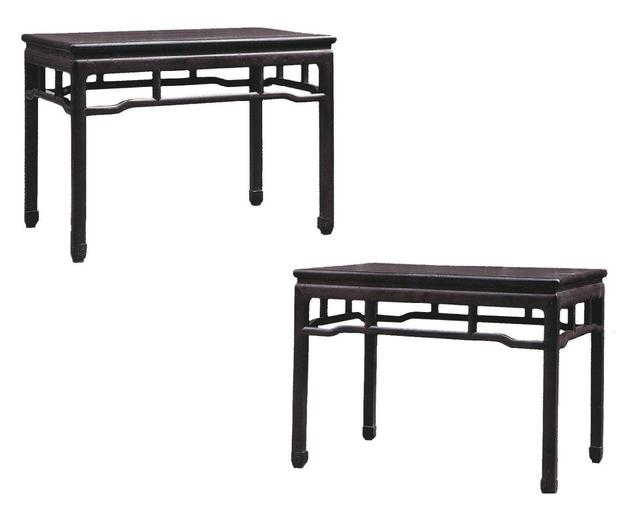 ?
?
A pair of red sandalwood waisted rectangular stools [Qing Dynasty]
Length 70 cm? Width 52 cm? Height 50 cm
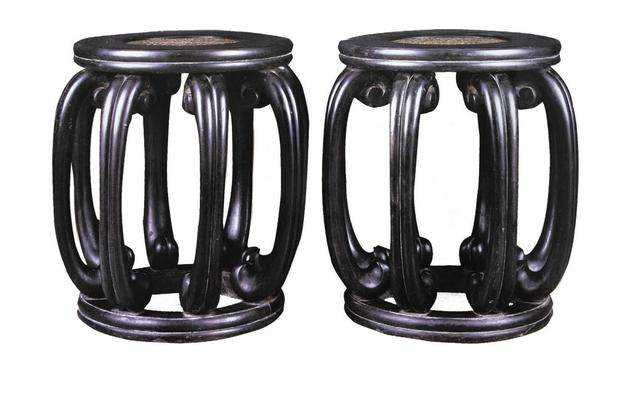 ?A pair of red sandalwood drum stools [Qing Dynasty]
?A pair of red sandalwood drum stools [Qing Dynasty]
Diameter 18 cm? Height 25 cm
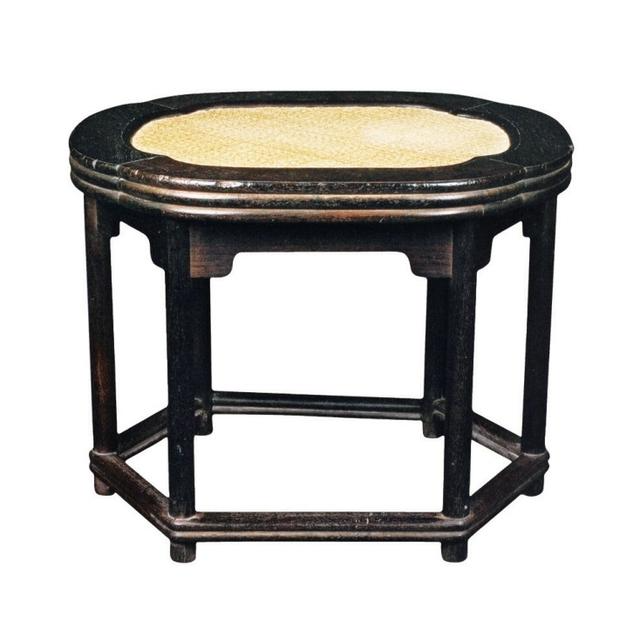 ? Rosewood plum blossom shaped hexagonal Zen stool [Early Qing Dynasty]
? Rosewood plum blossom shaped hexagonal Zen stool [Early Qing Dynasty]
Length 56.5 cm? Width 45 cm? Height 45.5 cm
This Zen stool is made of red sandalwood, with a solemn and elegant color. The seat is in the shape of a plum blossom, inlaid with rattan drawers, and the edges are made of three-mixed surfaces. There are six cylindrical legs at the bottom, and a plain "knife"-shaped apron between the legs. There is a double-mixed surface crossbeam at the bottom. It has a unique shape and a regular style.
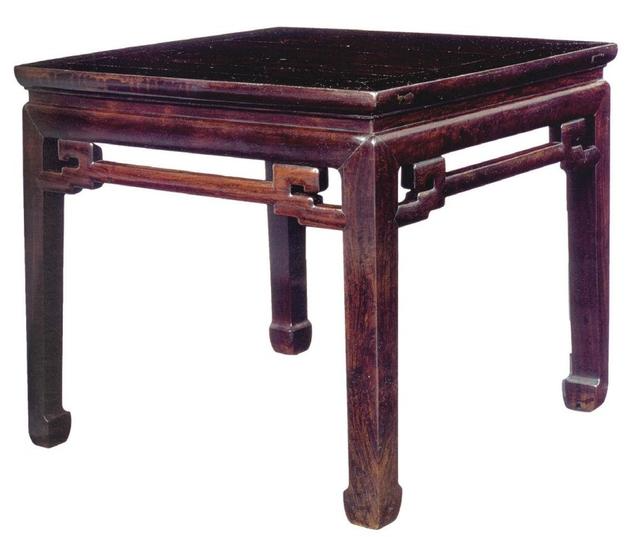 ? Rosewood waisted horseshoe legs variant top teeth curved leg large square stool [Early Qing Dynasty]
? Rosewood waisted horseshoe legs variant top teeth curved leg large square stool [Early Qing Dynasty]
Side length 57.5 cm? Height 57.5 cm
Most of the legs of the waisted stool are made of square wood, and the feet have a handsome horse hoof. This square stool is one of them. Compared with ordinary stools, it is larger and more comfortable to sit on. The whole stool is plain, except for the variant curved stretchers formed by the intersection of the vortex cloud pattern. The horse hoof foot is powerful, showing the Ming style.
There are two types of stools: rectangular and long. The length-to-width ratio of rectangular stools is not much different, and they are generally called square stools. The length-to-width ratio is about 2:1 to 3:1, and the ones that can accommodate two or three people are mostly called long stools.
The round stool is one of the best seats, with its legs touching the ground directly. The difference between the round stool and the square stool is that the square stool has four legs due to the angle limit, while the round stool has no angle limit and has at least three legs and up to eight legs. There are three types of legs: straight legs, retracted legs, and drum legs. There is a five-legged round stool that is shaped like a plum blossom, so it is called a plum blossom stool.
The stool is also called embroidered stool or flower drum stool. It is mostly round, small at both ends and large in the middle, shaped like a flower drum. The stool is a treasure among stool furniture. The seat surface is often covered with a square of silk embroidered fabric. The main difference between the embroidered stool and the round stool is that the embroidered stool has a mud support, while the legs of the round stool are directly on the ground. 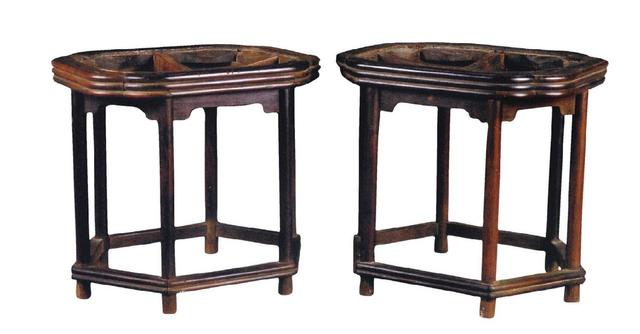 ?
?
A pair of red sandalwood and huanghuali crabapple stools [Early Qing Dynasty]
Length 55 cm? Width 45 cm? Height 52 cm
This pair of Begonia stools are carefully made of red sandalwood and huanghuali, with a lustrous patina, simple and elegant shape, and Ming style. The surface is in the shape of a begonia, and the stool surface is grooved. Due to its age, the soft mat is missing, revealing the cross-shaped base. The edge of the surface is a double-mixed edge structure, with a curved stretcher at the bottom, cylindrical straight legs, and split-material-shaped tube feet that intersect with the leg grid.
The stool is a seat without a backrest, and can be divided into two types: with a waist and without a waist. The ones with a waist are all made of square wood, and rarely round wood; while the stools without a waist are made of both square and round wood. 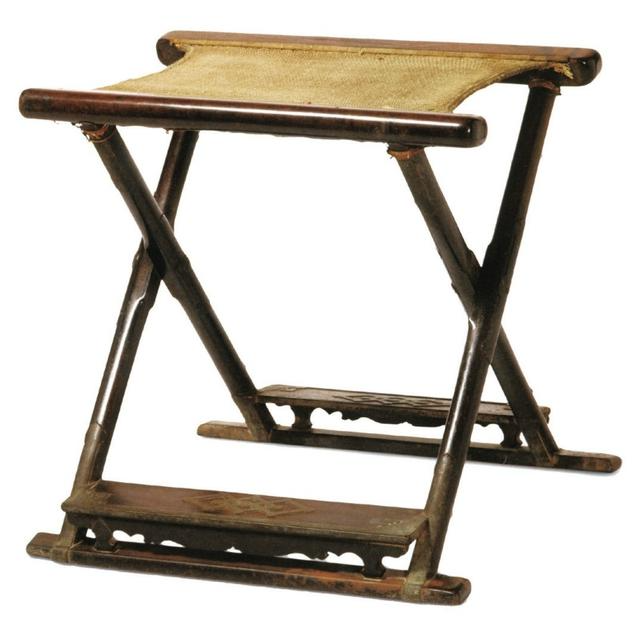 ?Red sandalwood double-sided cross stool [Qing Dynasty]
?Red sandalwood double-sided cross stool [Qing Dynasty]
Length 64.5 cm? Width 60 cm? Height 61 cm
Made of red sandalwood, the cross stool is made of eight straight pieces of wood, with a rope drawer on the left side, which is the classic shape of the cross stool. A footrest is added between the two legs on the front, and the lower platform is a tooth bar. The intersection of the four legs is left square, and the design of a square in a circle can make the cross stool structure more stable. The axis nails are riveted inside and outside, and the side is padded with eye protection and a copper Ruyi cloud head decoration. The three sides of the footrest are inlaid with copper with square patterns. The footrest surface is inlaid with copper with square patterns on the three sides. Red sandalwood cross stools are relatively rare, and the lack of carvings is enough to highlight the beauty of the red sandalwood grain.
The spring stool is a square stool with a wide seat surface. It can be used for sitting, placing utensils, or as a low table. 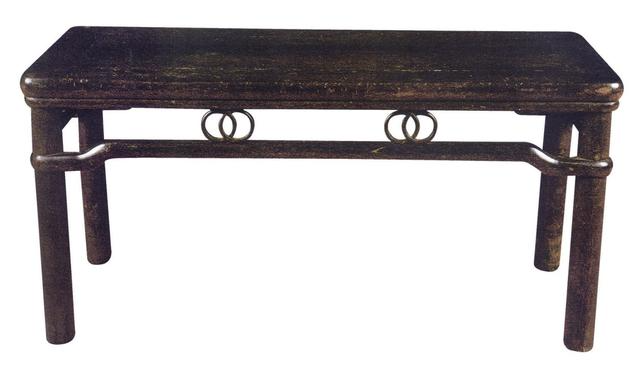 ?Red sandalwood spring stool [Qing Dynasty]
?Red sandalwood spring stool [Qing Dynasty]
Length 48.5 cm? Width 40 cm? Height 98.5 cm 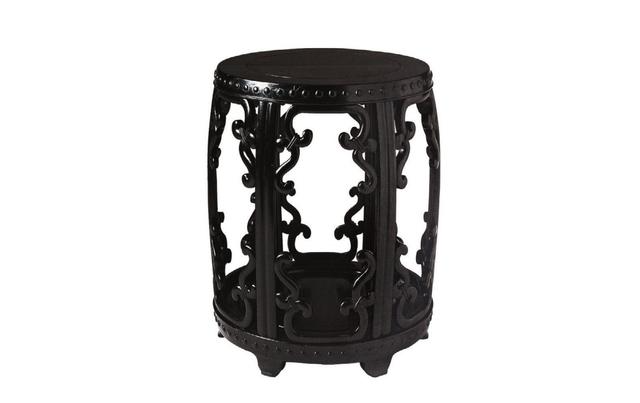 ? Rosewood carved with rattan patterns and embroidered drum nails [Qing Dynasty]
? Rosewood carved with rattan patterns and embroidered drum nails [Qing Dynasty]
Diameter 35.6 cm? Height 45.7 cm